Are you a tortoise owner trying to figure out how to keep your shelled buddy healthy and happy? One word – cuttlebone.
This seemingly simple product, often marketed for budgies, is actually a calcium gold mine for tortoises. So, why is Cuttlebone that important? Let’s find out
Why Cuttlebone Is Good For Tortoises
Cuttlebone contains Calcium which is an absolute must-have for your tortoise’s growth and overall health.
It plays a crucial role in regulating muscle contractions, nerve impulses, and blood clotting. But its most critical role is in preventing Metabolic Bone Disease (MBD).
MBD is a common nightmare in captive tortoises, leading to soft shells, fractures, and deformities. It’s a silent killer, creeping in when there’s a calcium deficiency.
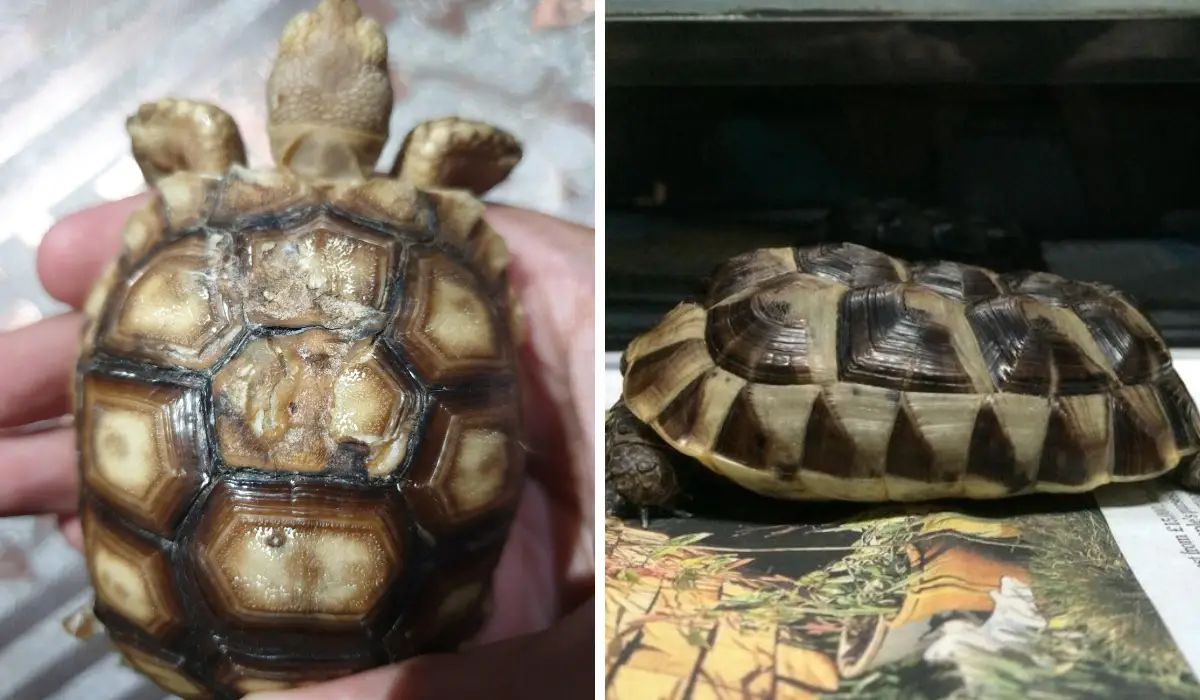
How can you identify a calcium deficit in your tortoise?
Keep a watchful eye for signs like a soft or pyramided shell, lethargy, loss of appetite, and seizures. If you spot any of these symptoms, it’s time to take action.
Now, calcium supplements come in various forms – powder, liquid, or tablets.
You might wonder, why choose cuttlebone over these others? Cuttlebone happens to be a natural, safer source of calcium. Plus, it’s easy to use and lasts longer than most other supplements.
how to prepare and feed Cuttlefish for tortoise
The beauty of cuttlebone is its versatility. You can offer it whole, broken, or powdered.

If your tortoise enjoys nibbling, a whole cuttlebone can serve as both a health supplement and a source of fun.
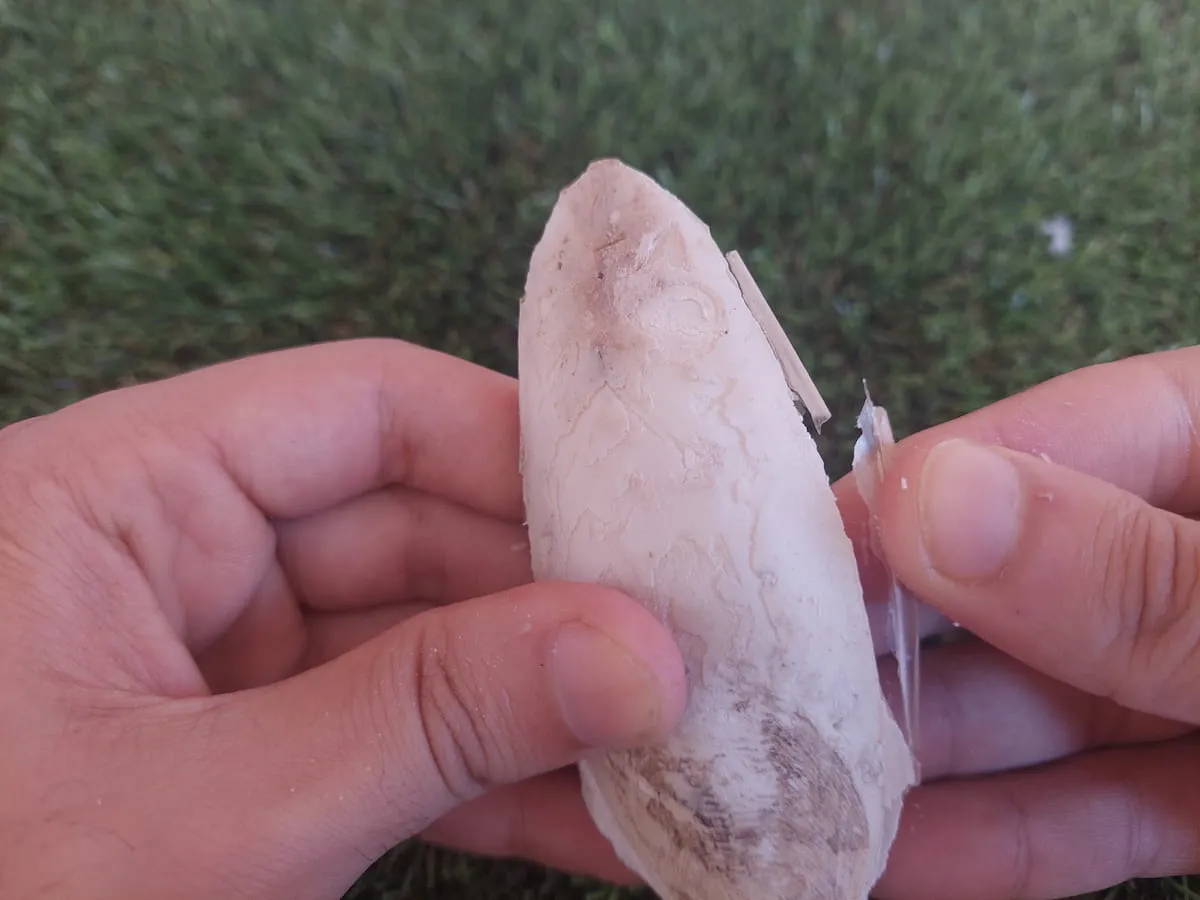
Just strip away the hard backing, smooth out sharp edges, and voila – your tortoise has a chewable toy that’s also a health booster.
Prefer smaller pieces? Break off a chunk about the size of your tortoise’s head, and place it near the food or water dish. Just don’t forget to replace it when it’s too small or dirty.

What if your tortoise refuses to touch the pieces? No problem! Grind the cuttlebone into a powder and sprinkle a small amount (a pinch should do) over the food or water once or twice a week.
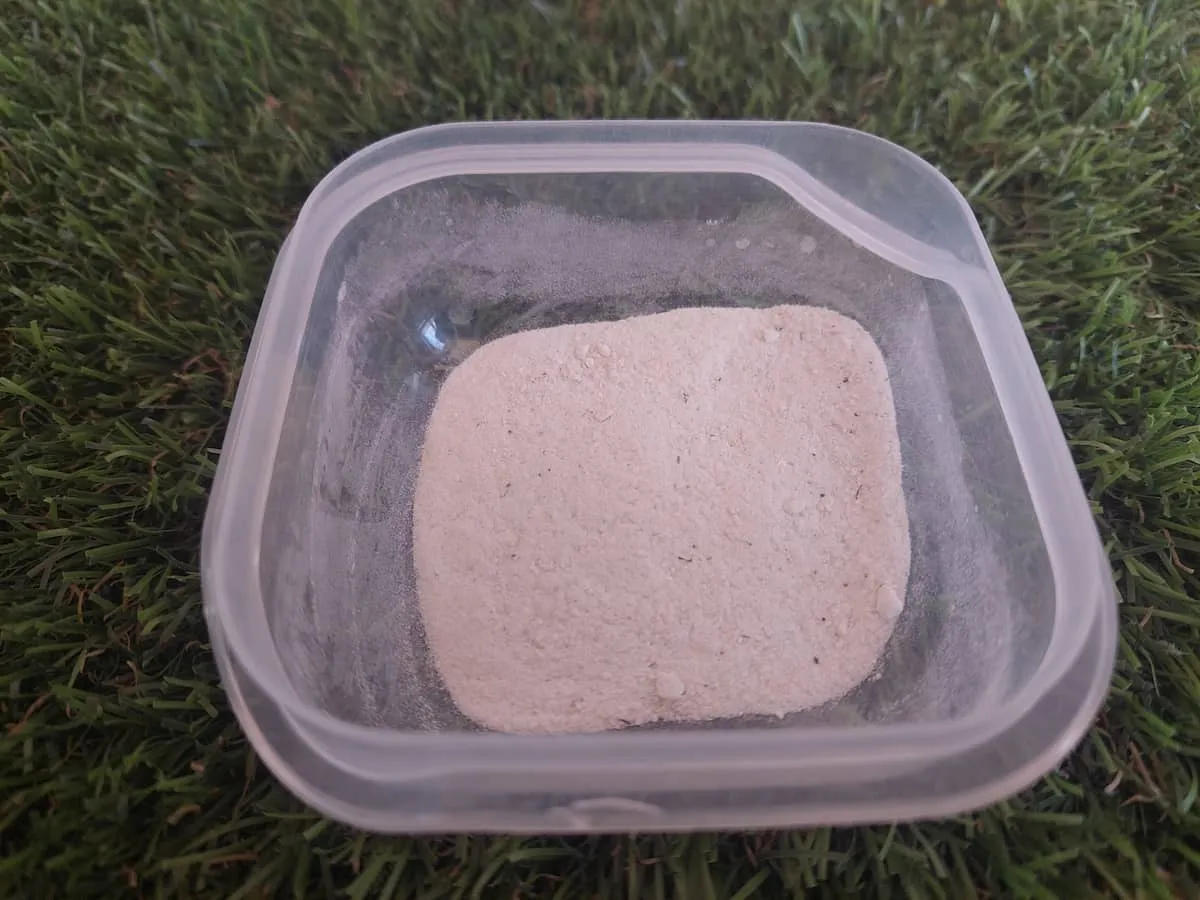
how much and how often to offer cuttlebone to a tortoise
Now, this is where things get a bit tricky. The amount and frequency of cuttlebone depend on several factors. These include the age, size, species, and diet of your tortoise.
Young, growing, and egg-laying tortoises need more calcium than adult and non-breeding tortoises. So, they might require cuttlebone more frequently.
Species also play a role. For instance, Sulcatas and Leopards demand more calcium than Russians and Greeks.
Another factor to consider is the food your tortoise is eating. Some foods, such as dark leafy greens, are rich in calcium, while others, such as fruits, are low in calcium.
So, if your tortoise’s diet includes a lot of calcium-rich foods, you might not need to offer cuttlebone as often.
Can I Give My Tortoise Cuttlebone from the Beach?
While cuttlebone found on the beach is essentially the same as the one sold in pet stores, there’s a potential risk of it carrying oceanic bacteria or germs.
To safeguard your tortoise’s health, it’s important to properly sanitize the cuttlebone. Wondering how? It’s quite simple.
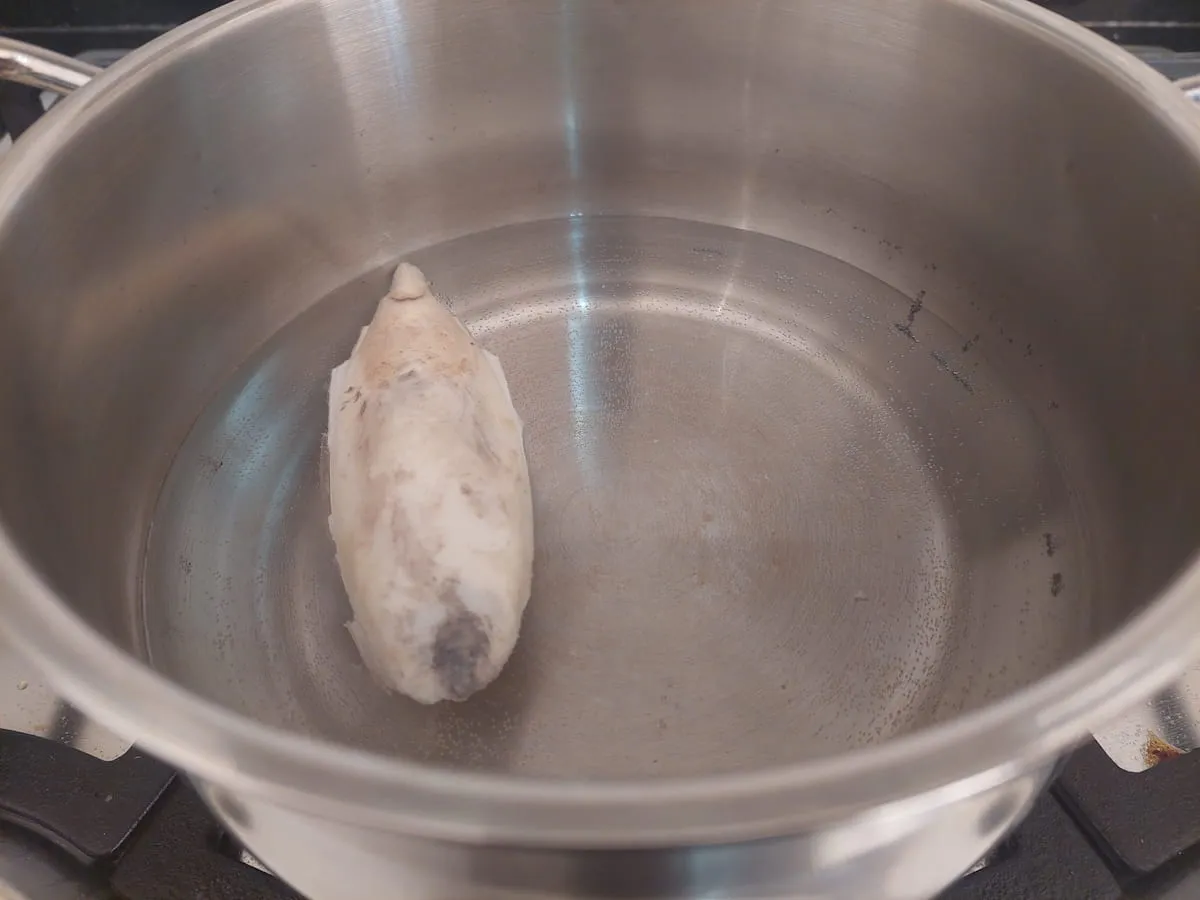
Boil the cuttlebone in water for approximately 15 minutes. This process should eliminate any potential hazards such as diseases, parasites, or infections that could harm your tortoise.
However, if you’re not entirely sure about the quality of the beach cuttlebone, it might be better to buy one from a reputable source.
Can Tortoises Have Too Much Calcium?
Yes, just like us humans, tortoises can also experience calcium overdose or toxicity.

Symptoms can include kidney or bladder stones, which are hard accumulations of calcium and other minerals. These can lead to painful infections or obstruct your tortoise’s urinary tract.
Hypercalcemia is another sign, a condition where the blood calcium levels are excessively high, causing muscle weakness, lethargy, loss of appetite, vomiting, constipation, or even seizures.
Not only that, but excessive calcium can interfere with the absorption of other nutrients like zinc, copper, iodine, and essential fatty acids. This can cause deficiencies and health problems, proving that too much of a good thing can be bad.
Calcium overdose in tortoises can be triggered by several factors.
For instance, overfeeding cuttlebone or other calcium supplements, especially if your tortoise already has a high calcium diet or access to natural calcium sources.
Also, using calcium supplements with vitamin D3 can enhance calcium absorption and increase the risk of overdose.
So, how can you avoid calcium overdose in your tortoise?
The first step is to carefully monitor their intake of calcium and other nutrients.
Adjust the amount and frequency of supplementation as needed. Ensure a balanced and varied diet that delivers just the right amount of calcium and other minerals.
Avoid using calcium supplements with vitamin D3, unless recommended by a vet. And always provide plenty of fresh water to help flush out excess calcium.
What are some cuttlebone Alternatives for tortoises
Let’s say you still want to provide your tortoise with calcium, but you’d like to explore alternatives to cuttlebone. There’s good news! There are other options that can offer similar benefits to your tortoise.

Firstly, consider mineral blocks or calcium blocks. These are solid blocks of vitamins and minerals that can be placed in your tortoise’s enclosure for them to lick or bite.
However, be mindful that some may contain salt, sugar, or artificial flavors that may not be suitable for tortoises.
Next, crushed eggshells can be a natural and cost-effective source of calcium. Simply clean, dry, and grind chicken egg shells into a fine powder and sprinkle it over your tortoise’s food.
However, ensure to thoroughly wash and sterilize the shells to remove any harmful bacteria.
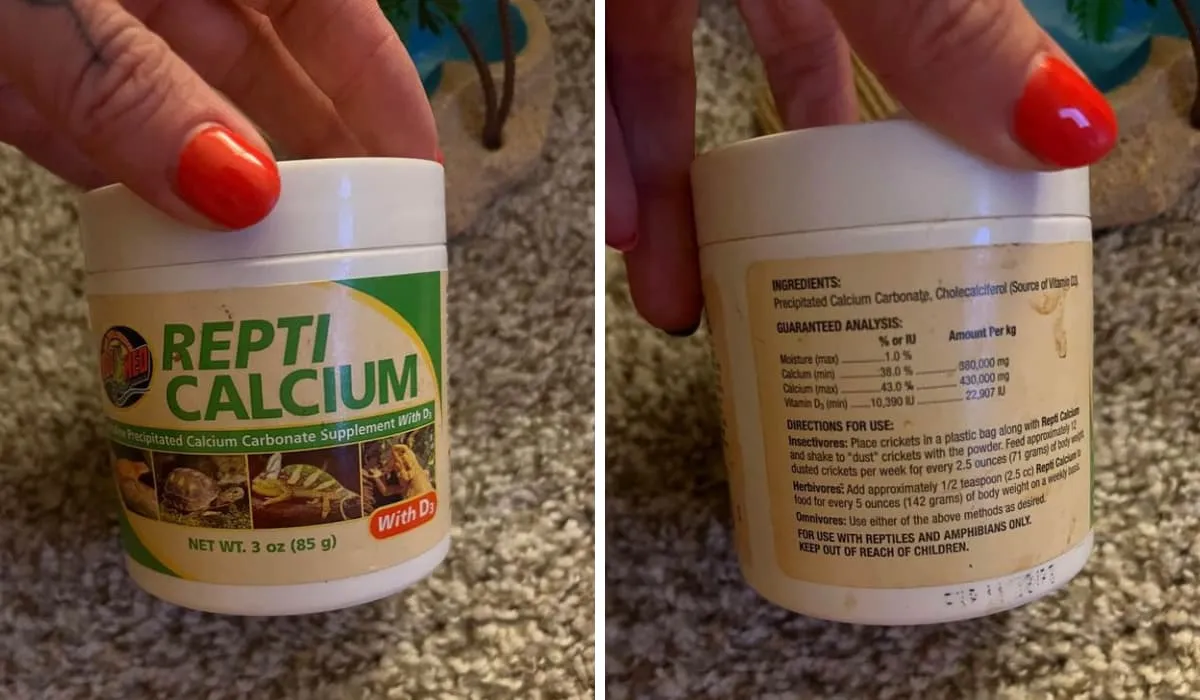
Lastly, calcium powder or liquid supplements can be a convenient option. They can be easily sprinkled over the food or mixed with water.
However, remember to follow the instructions and dosage carefully to prevent an overdose or imbalance.
